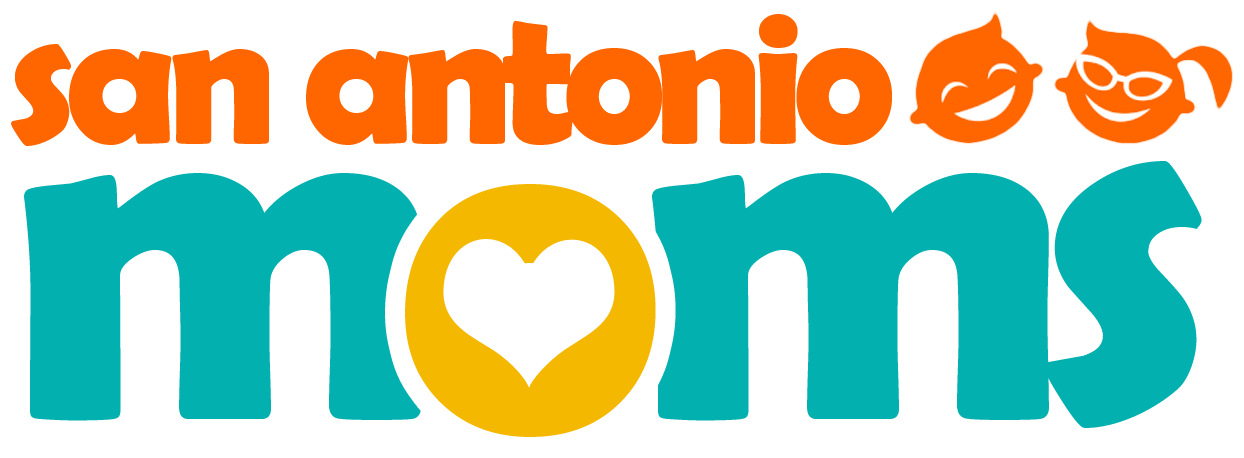Autism Symptoms Checklist
Table of Contents
Autism is a complex disorder that is diagnosed by a medical professional familiar with the disability. It is diagnosed based on observed behaviors that the child displays. There is no medical or genetic test for autism. This is why it is very important that parents who may have concerns about their child’s development to learn the signs and symptoms of autism. The three main areas of development that are disrupted by an autism disorder are; Language, Social and an unusual insistence on sameness. Symptoms can range from very mild to severe. If you have concerns regarding your child’s development it is very important that you bring those concerns to the attention of your child’s physician. You can use the following checklist to help organize your thoughts for the discussion. Print this checklist off and place a checkmark next to the symptom your child displays consistently.
Do you think your child might have autism? There is not medical test that can be used to diagnose autism. It is diagnosed by observing behavior. Here are the autism behavioral signs and symptoms to look for:
Language Concerns
- No babbling or cooing by 12 months
- No single words by 18 months
- No 2 word phrases by 24 months
- Any loss of language skills
- In an older, verbal child language may be only in the form of
echolalia (repeats only what others say) - Repetitive or stereotypical language (instead of having a conversation with you a child may repeat phrases over and over)
Social Concerns
- limited to no eye contact
- No pointing or other gestures by 12 months
- Does not “show” toys to the caregiver or try to gain the attention of others by 24 months
- Cannot follow the gaze or point of an adult by 24 months
- Does not engage in “pretend play” by 24 months (pretends to talk on a phone, pretends to eat toy food)
Restricted, Repetitive, or Stereotypical behaviors
- often engages in self-stimulatory behavior. (bangs head, flaps hands, finger flicking,
body rocking, etc) - Engages in odd forms of play (spins objects, lines objects up, stacks objects repetitively)
- persistent preoccupation with parts of objects (wheels on a toy car, blades of a helicopter, etc)
- Adheres to nonfunctional or odd routines
- Has a difficult time transitioning from one activity to another causing tantrums outside of the normal toddler tantrum.
- Often engages in self-injurious behavior
If a combination of these symptoms exists, it may be time to consult with a doctor. If you suspect autism, please don’t delay. The earlier a child starts receiving treatment, the better.
What Is An Autism Spectrum?
When I started to work with families as a behaviorist, many of the parents did not understand what it meant to have an Autism Spectrum Disorder. This surprised me because clearly, they were living the reality through their children who had been diagnosed but no one had explained it to them. Over the years of working with families and other professionals in the field, I began to think of the Autism Spectrum like this…..
Think of an umbrella, it is considered to be the autism spectrum. In some fields, the umbrella term is considered to be the over-arching concept or group. Under the umbrella are the different pieces that make up the Autism Spectrum: Autism; Pervasive Developmental Disorder, NOS; Rett Syndrome; Childhood Disintegrative Disorder; and Asperger’s Syndrome. Each piece demonstrates the Autism Spectrum in the areas of Socialization, Communication, and Behavior but in different ways and to different degrees.
Depending on who you speak to the umbrella can either be labeled as the Autism Spectrum or Pervasive Developmental Disorder. For many people I have spoken with the concept of the spectrum is easier to understand than the developmental disorder label. Either way, it is still the same result… Autism.
